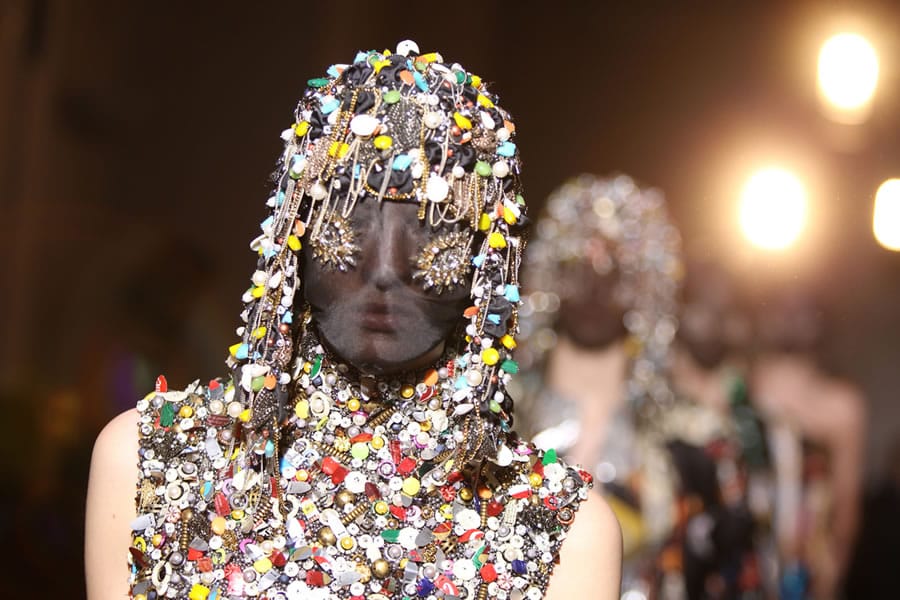
The Language of Clothes Essay
Clothing is an outer “form”, which is considered to be an important element of the image as a whole, where additionally can be added the plastic body, postures that a person takes, the manner of walking and sitting. According to Baumgarten (2002), clothing is ninety percent of what people see before them, when they look at the person. Thus, it is necessary to think about similarities between clothes and speech. Lurie asserts that clothes and speech are similar in various ways and understanding how they are alike it is possible to find answers on many questions.
Appearance, which is formed primarily by clothing, now attracts more and more attention from those who are concerned about interpersonal relations. Today on the pages of newspapers we can find a huge number of various articles on this topic. Alison Lurie (1981) stated that sociologists tell us that fashion … is the language of signs of nonverbal communication system.
Lurie (1981) wrote about a dictionary of clothing, which includes not only dresses and trousers, but also hairstyles, jewelry and make-up. Eventually, in theory, according to Lurie (1981), this dictionary is as big or even larger as the vocabulary of spoken language, because it includes clothing, hairstyles and ways of decorating the body, which were invented in the history of human society. But if the clothes, like speech – is a form of expression, then the ratio may be more or less free. Just as the lack of capacity to speak and hear are often perceived as constraints in allowing to think as it may seem that the framework imposed on clothing styles may limit the ability of people to self-actualization.
Analyzing Lurie’s words and thoughts about the similarities between speech and clothes Globerman (1999) said: “Lurie added that the components of the language of clothes can be compared to those of spoken language, in that a costume is like a complete sentence and individual garments or accessories are like words.” Lurie (1981) declared that “each constituent, however, is more complicated than a spoken word because one change in either style, material, color, pattern or size changes the whole message of a shirt”.
Comparing the use of language and the use of clothes we see their similarity in the fact that both of them are necessary for communication and into the acknowledgement of this fact Lurie (1981) wrote that “Long before I am near enough to talk to you on the street, in a meeting, or at a party, you announce your sex, age, and class to me through what you are wearing [including how you style your hair, decorate your body, and accessorize] – and very possibly give me important information (or misinformation) as to your occupation, origin, personality, opinions, tastes, sexual desires, and current mood.”
Summarizing the above stated information it is possible to say that all Lurie’s examples are bright and full of deep sense, her explanations are so persuasive that readers begin to continue her thoughts in their own minds. It is impossible to disagree with the fact that in the clothing as well as in language, there is a whole range of possibilities for the expression of the most eccentric: from extravagant forms to the most standard. And it is a really sharp phrase that between the template and madness in the clothing there is a whole range of expressions: eloquence, the wit, richness of the irony action, advocacy, humor, pathos, and even (albeit rarely) real poetry.
Thus, we discussed the book “The Language of Clothes” by Alison Lurie, answered the question about clothes and speech similarities and provided several examples of their likeness in this essay.

